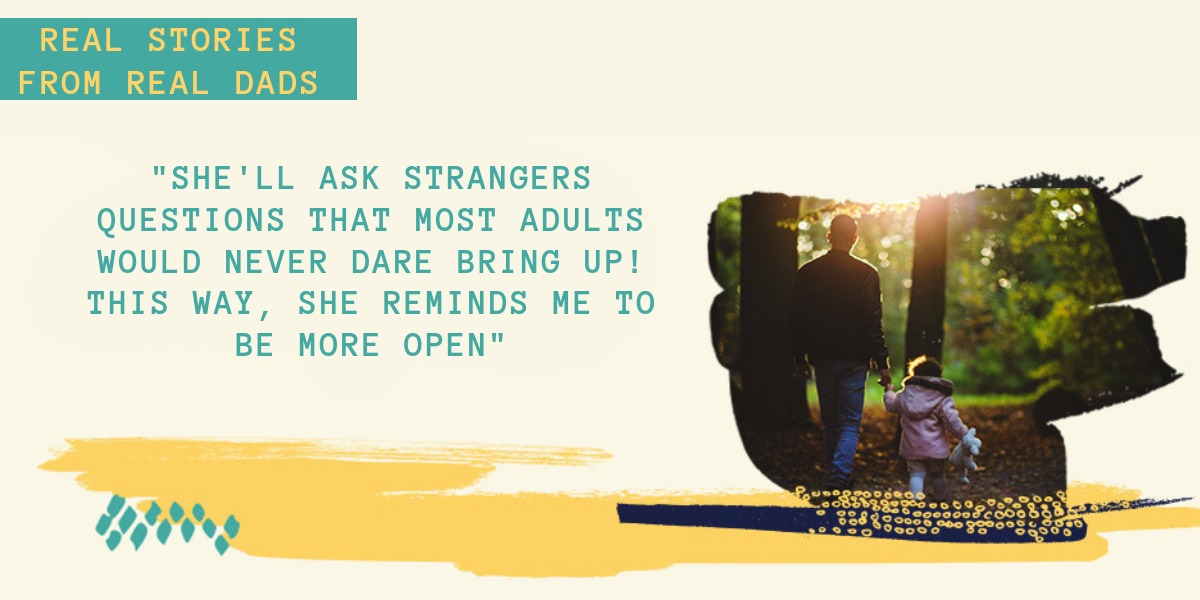 Bram is passionate about helping people become more entrepreneurial. In his courses, students learn to test their assumptions to see whether a genuine need exists for what they’re poised to offer and to set milestones they’re prepared to meet or forfeit the credit. And if things don’t go as well as anticipated? Bram believes failure only exists when you don’t learn from your mistakes or use them to approach it from a different angle next time. For him, this crucial lesson is necessary to follow your dreams, and one he strives to pass on to his 3 1/2 year old daughter, Lenne.
Bram is passionate about helping people become more entrepreneurial. In his courses, students learn to test their assumptions to see whether a genuine need exists for what they’re poised to offer and to set milestones they’re prepared to meet or forfeit the credit. And if things don’t go as well as anticipated? Bram believes failure only exists when you don’t learn from your mistakes or use them to approach it from a different angle next time. For him, this crucial lesson is necessary to follow your dreams, and one he strives to pass on to his 3 1/2 year old daughter, Lenne.
As a result of his predisposition to experiment, Bram finds that, despite living in the crowded city center of Amsterdam, he isn’t fearful of Lenne’s natural inclination to do the same when they’re out on a walk together. In fact, he encourages it.
She loves talking to strangers.
However, due to where we live, most of the people she approaches are tourists who don’t speak Dutch,” he says. “I enjoy watching her acknowledge this and then decide whether to keep going or not. I think parents have a tendency to worry too much that their kid will be seen as a nuisance and so they try to discourage them from interacting with people they don’t know. I’ve never seen anyone mind Lenne approaching them, whether they can understand her or not.”
One of his favorite memories from their experiments together is when he encouraged Lenne to start dancing in the middle of a circle of tourists waiting in the square near their house. “They absolutely loved it,” he laughs. “And so did she. I like giving her these small challenges and seeing which ones she’s up for. Lately her favorite has been picking the brightest, most beautiful leaves she can find and handing them out as gifts to people we pass on the street.”
While he loves encouraging her to explore the world around her, he also reminds me that the balance to this is being consistent with what he doesn’t allow. He can only give her as much freedom as he does by setting clear boundaries for her and sticking to them. For example, they often need to ride the subway when they go out together; while it’s moving, the rule is that Lenne must stay close to him, within a few meters, and hold onto something solid so she won’t fall. One day, she broke the rule and dashed halfway across the train car to follow something that caught her eye. When she turned around, he didn’t raise his voice to call her; instead, he just gave her a look that let her know she crossed the line and she dutifully returned. “I could tell she knew she was pushing a boundary,” he says.
She wanted to challenge me. This is why it’s so important that I stay true to my word. If I let her think it’s okay even once, she’ll start seeing where else she can get away with things.
Bram admits that even when he does have to remind her of a boundary, he finds Lenne’s fearlessness inspiring.
She’ll ask strangers questions that most adults would never dare bring up, he smiles. Like ‘Why are you smoking? Why did you choose a blue jacket?’
and I find myself leaning in to hear the answers too. Sure, they might seem simple and silly, but they also make you think about the habits or choices you make unconsciously.
She says exactly what’s on her mind and it reminds me to be more open when I start talking to people in similar situations. Like I try to teach Lenne, even if I don’t get the response I want, I still learn something from my experiment and can do it better next time.”
